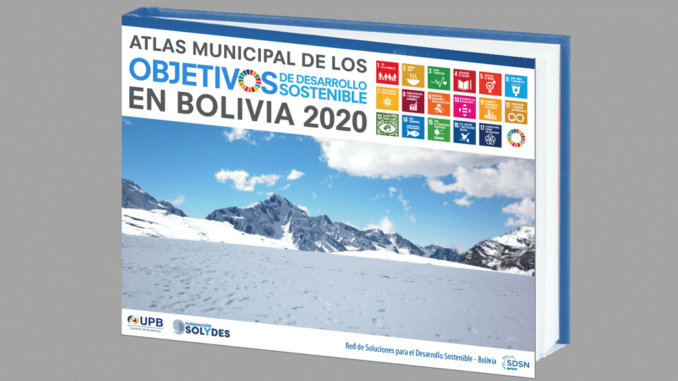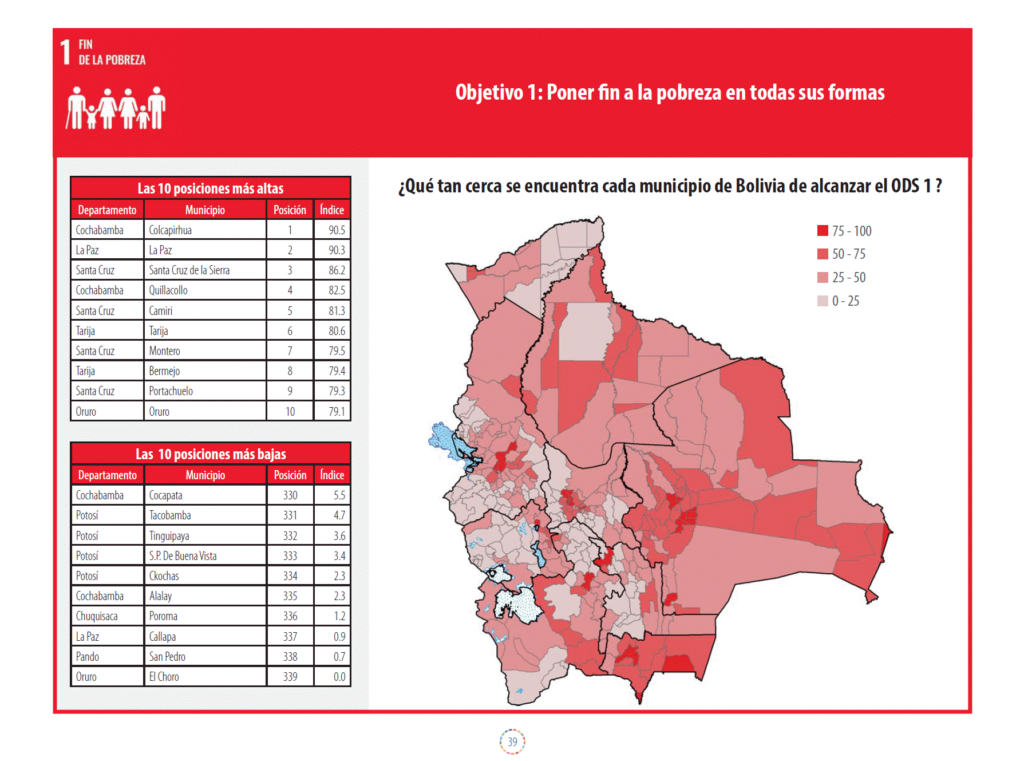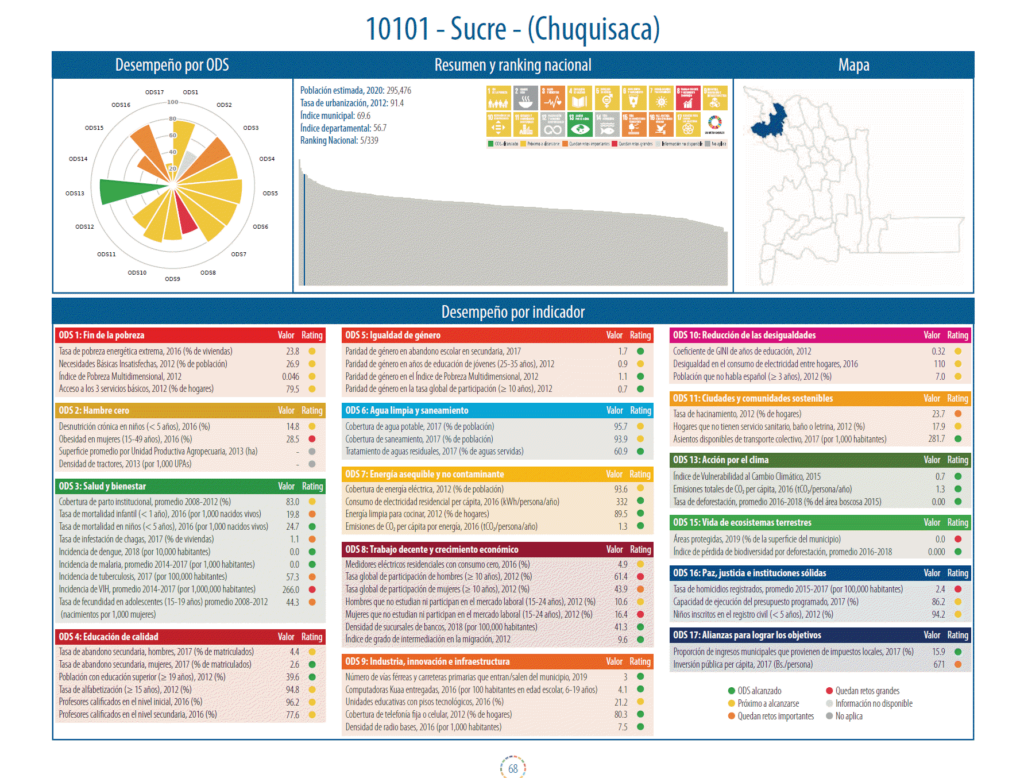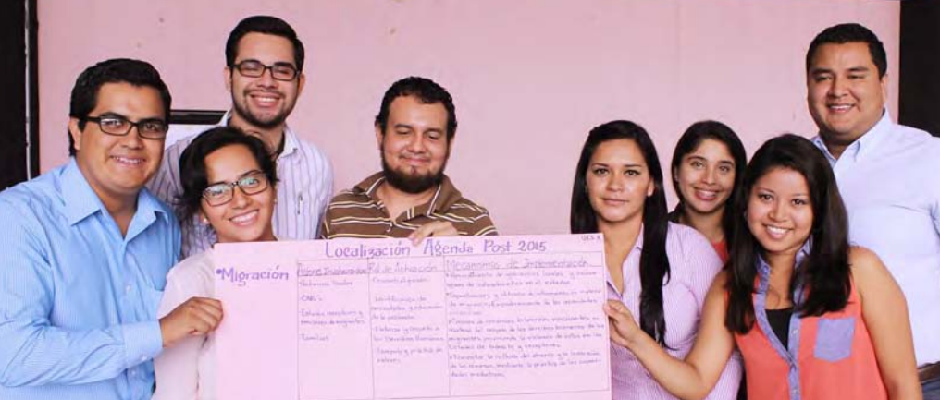
The Municipal Atlas of the SDGs in Bolivia was publicly released in July 2020 during the Bolivian Conference on Development Economics (BCDE2020). The publication assesses development in each of Bolivia’s 339 municipalities, based on more than 60 different indicators that measure various dimensions of sustainable development, based on the 2030 Agenda. It was produced by the Sustainable Development Solutions Network in Bolivia (SDSN Bolivia). SDSN is a global network that operates under the auspices of the United Nations.
The Atlas applies the same methodology as the Global Sustainable Development Report (SDR) that SDSN publishes every year for most countries in the world, but at a highly disaggregated level. This is important given the diversity of conditions found within Bolivia. In the SDR, Bolivia ranks pretty much in the middle (number 79 out of 166). However, the Municipal SDG Index presented in the Atlas shows that Bolivia has municipalities that are almost as close to reaching the Sustainable Development Goals as Scandinavian countries are, but also municipalities that are as far from reaching the goals as the poorest countries in Africa.
The Atlas provides a detailed diagnostic of the situation in each of the 339 municipalities in Bolivia, based on more than 60 indicators covering many different dimensions of development, including poverty, health, education, gender equality, access to services, productive infrastructure, environmental impacts, and many more. The assessment includes both detailed and aggregated data organized for an easy interpretation of the situation in a one-page-per-municipality format. Additionally, the entire database was published for use by researchers, journalists, students, government officials and businesses.
By making this municipal level data set available to the public, SDSN Bolivia hopes to facilitate evidence-based decision-making and to stimulate new research on many different development topics.
The preparation of a municipal atlas is an international good practice, as it helps national government to target its resources and attention across the national territory in its effort to localize sustainable development.
The launch of the Atlas is further timely given the upcoming drafting of Municipal Development Plans. The Atlas’ findings can help municipalities identify weaknesses and strengths and establish appropriate priorities so that each municipality can advance towards the achievement of the Sustainable Development Goals.
In many other countries, disaggregated performance data may be seen as politically sensitive, and/or the necessary SDG indicators may not be available in a disaggregated manner at the local level data. As a result, the public availability of Bolivia’s SDG Atlas should be considered a good international practice to be followed by other countries.
The production of the Atlas was possible thanks to the generous financial contribution of the SOLYDES Foundation and thanks to the collaboration of many institutions, both public and private.
Learn more about the initiative (in English and Spanish)—and access the municipal-level SDG indicators—from SDSN Bolivia’s website at https://www.sdsnbolivia.org/.





